Try this easy plant needs experiment for students to explore why plants need sunlight.
2nd Grade Plant Needs Experiment
When we study plants during our plant and animal interdependence unit in 2nd grade, we spend time learning about plant needs and adaptations. My students are always very curious to know what happens if plants don’t get what they need. This plant needs experiment shows my students the answer to that question, and it also allows them to practice using scientific processes to design and execute experiments.

What do plants need to grow?
Plants, like all living things, have basic needs to survive and grow. Plants need sunlight, air, soil, and water. Without these basic needs, plants cannot grow, produce seeds, or continue their life cycle.
Sunlight plays a crucial role in plants’ survival. Plants need energy from the sun to make food through the process of photosynthesis. Photosynthesis is the process within a plant that converts sunlight, oxygen, and water into food. Without sunlight, plants cannot produce their own food.
This plant needs experiment is a great way to demonstrate the importance of plant needs in plants’ survival. In this investigation, students will complete an experiment to determine if plants can grow without sunlight.
Students will make observations over time on two plants. One plant will be left in the sunlight, while the other will be placed in a dark area or covered with a box.
Designing a plant needs experiment
This science lab is a good opportunity for students to practice using the scientific method more independently. Have students work in partners or groups to design their own experiment based on the question: Can plants live in the dark?
Ask students use the question to form a hypothesis and design an experiment to answer it. They write their own procedures to test their hypothesis and they get to determine how often to observe and record data on their plants on their own.
My 2nd graders absolutely love getting to be in the driver’s seat when it comes to designing this experiment! It really helps them take more ownership in the process, so it’s great for engagement.
When I plan for this activity, I allow for it to be a 2-day “set up” process. On Day 1 I introduce the activity and students design their experiment. On Day 2 students pot their plants and begin their experiment. Then, I plan for several follow up days for students to observe and record data about their plants.
Plant Needs Experiment: Can plants grow in the dark?

Materials:
- 2 small plants per group
- plastic cups
- potting soil
- rulers
- water
- lab sheets
Procedure:
1. Students work in groups to form a hypothesis and design their experiment based on the question: Can plants live in the dark? They record the hypothesis and plan on their lab sheets.
2. Distribute materials for potting the plants to each group of students. Students plant their flowers in cups with soil, then water the plants. In the spring months, the dollar store often has smaller bags of potting soil, which are more manageable and only $1!

3. Next, students complete Day 1 on their lab sheet by recording the starting data for both plants.

4. Place one plant in a sunny location and one in a cupboard or dark spot without sunlight. Another option is to place a paper bag, box, or anything opaque over the second plant.
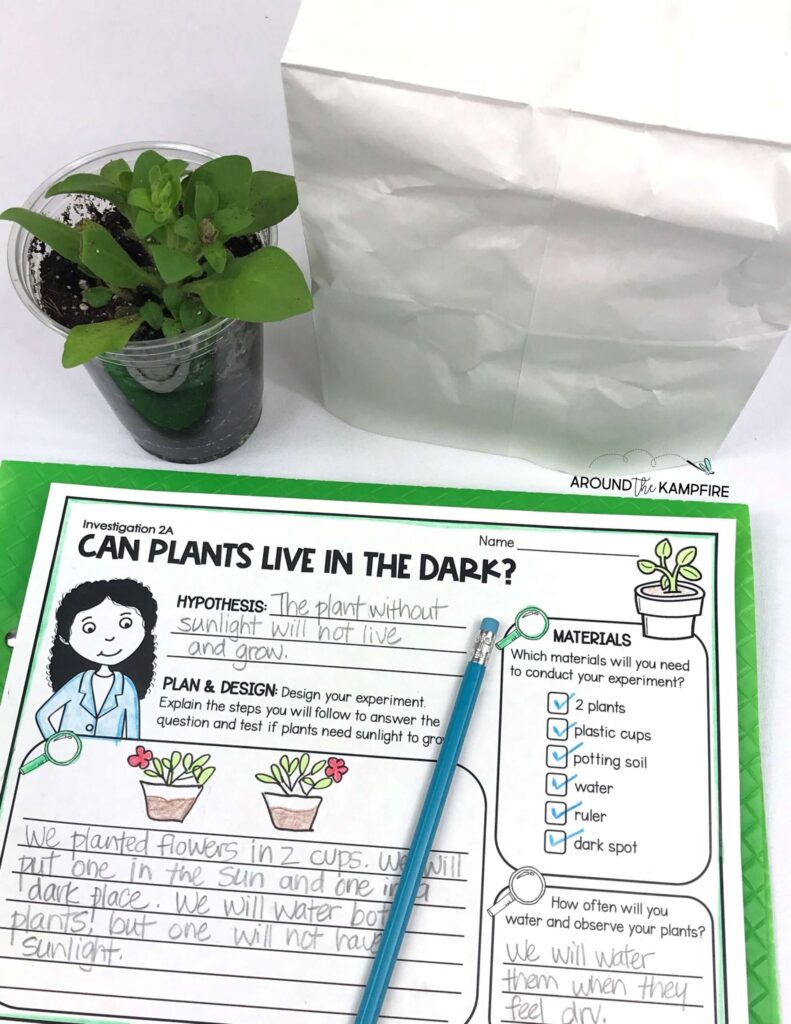
5. Students check their plants daily and water them if they are dry. Students record observations every third day or more often if they notice a significant change.
6. After observing and recording data on the plants for a set amount of time, students will analyze the data they have collected to determine the answer to the question.
More plant needs experiments, activities, and lessons
In this plant needs experiment, students are able to see the effects that lack of sunlight has on a plant over time. My students love checking on their plants each day and making observations!
This plant needs experiment is part of a complete NGSS Plants, Animals, & Life Cycles unit for 2nd grade that is also available in a digital format.
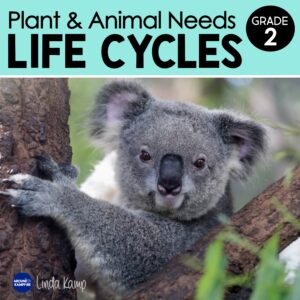
Click for the Plant and Animal Needs science unit.
Click here to see the yearlong 2nd grade science curriculum aligned to NGSS.

Don’t forget to Pin this lab activity so you have it for your plant unit!
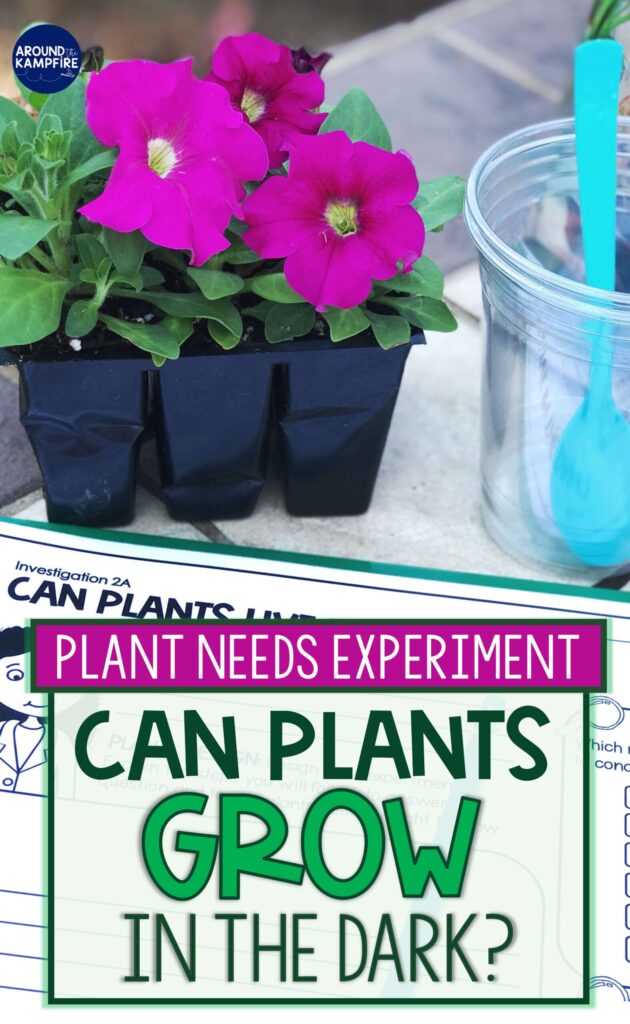
Visit these posts for more plant needs and life cycle science activities:
Plant Life Cycle Activities & Labs

15 Life Cycle Projects for Spring

Butterfly Life Cycle Activities & Free Printables

Happy teaching!

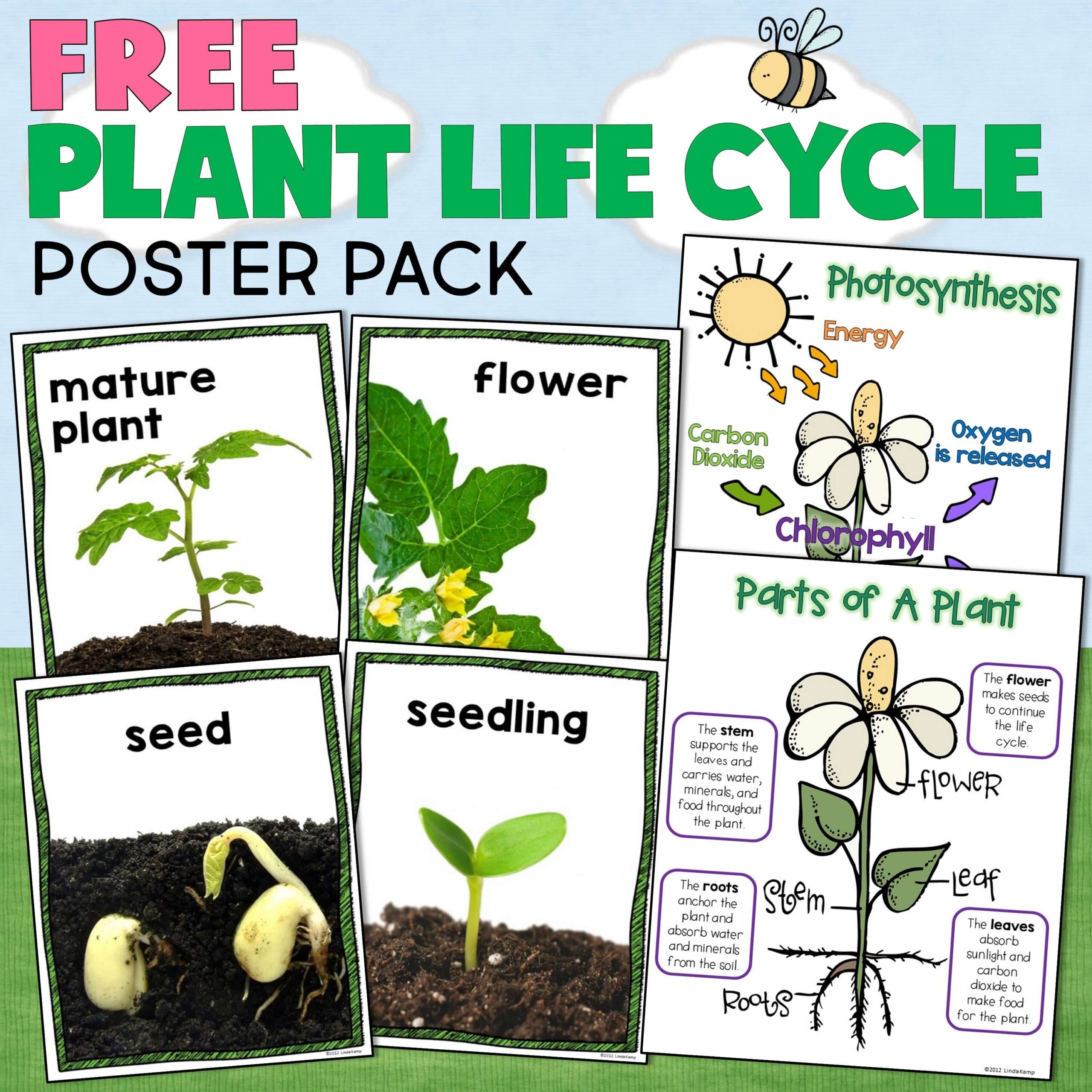
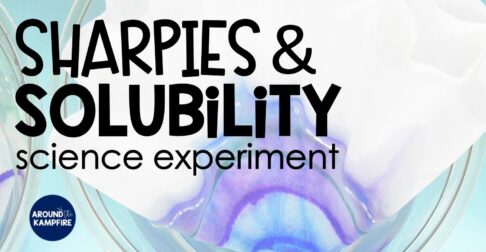



Leave a Comment